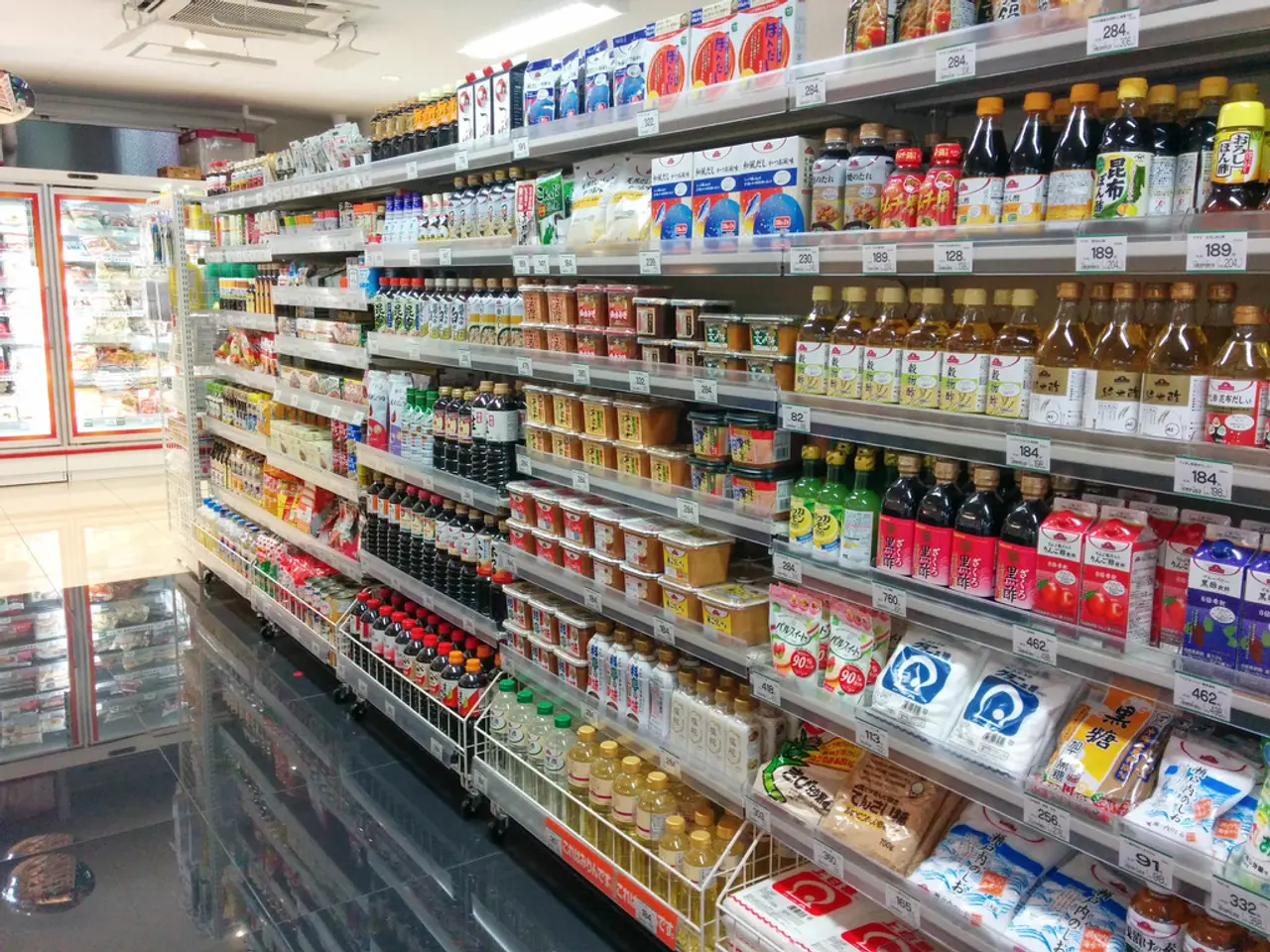Import taxes surge to their highest level since the Great Depression as new tariffs take effect.
President Donald Trump's comprehensive tariff slate, which took effect on Thursday, targets imports from the European Union, Japan, China, South Korea, India, and Brazil. The tariffs are intended to address large and persistent U.S. goods trade deficits, a move that Trump has framed as an unusual and extraordinary threat to U.S. national security and economic stability.
The potential impacts and implications of these tariffs are far-reaching:
Economic and National Security Concerns
The administration views the trade deficits as risking strategic sectors such as the domestic manufacturing base, critical supply chains, and the defense industrial base. By imposing tariffs, they aim to protect these sectors and ensure the country's economic and national security.
Trade Relations and Retaliation
Increased tariffs could strain bilateral trade relationships and potentially provoke retaliatory tariffs from affected countries. This could escalate into broader trade conflicts, impacting the global economy.
Effects on U.S. Exports and Imports
The lack of reciprocity means foreign tariff rates and non-tariff barriers are higher than U.S. rates on their goods. This could reduce U.S. export competitiveness abroad when tariffs rise and increase costs for U.S. importers and consumers.
Domestic Market Impact
Higher tariffs may raise prices of imported goods from these countries in the U.S., affecting consumers and businesses dependent on those imports. However, they may also encourage domestic production in targeted sectors.
Geopolitical and Diplomatic Implications
The use of tariffs under national emergency powers highlights the intersection of economic policy with geopolitical and security considerations. This could influence future trade negotiations and alliances.
Market Response
About a quarter of manufacturing facilities supplying the United States with key drug ingredients are based outside the country, equating to a $116 billion deficit with the rest of the world. Despite the tariffs, European and Asian shares were mostly higher on Thursday, and U.S. stock futures were up slightly.
Cost to Consumers
Yale Budget Lab calculates that the inflationary effect of tariffs will cost a typical household an average of as much as $2,400 this year. The tariffs are expected to have a significant impact on clothing, with consumers facing 40% higher prices for shoes and 38% higher costs for apparel in the short run.
The Trump administration continues to insist tariffs are working, pointing to billions raised in new monthly revenues for the U.S. government. However, the long-term economic and diplomatic implications of these tariffs remain to be seen.
References: 1. Economic Policy Institute. (2019). Fact Sheet: Trump's Tariffs on China and the U.S. Economy. Retrieved from https://www.epi.org/publication/fact-sheet-trumps-tariffs-on-china-and-the-u-s-economy/
1. The tariffs imposed by President Donald Trump's administration could lead to an unusual and extraordinary challenge for businesses that rely on imports from countries like the European Union, Japan, China, and others, as they may face higher costs due to increased tariffs.
2. The potential retaliation from affected countries could further trouble investment markets, possibly causing trading volatilities as a result of the general-news reporting about these developments.
3. Taxes, particularly those levied on imports, have an influence on the overall revenue generated by the U.S. government, with the Trump administration claiming billions in new monthly revenues due to the tariffs.
4. The higher prices of imported goods could impact consumers' wallets significantly, as estimated by Yale Budget Lab, with an average household potentially facing up to $2,400 in increased costs this year.
5. Finance experts often examine the effects of tariffs on specific sectors such as the apparel industry, expecting short-term price increases of 38% for clothing and 40% for footwear.
6. The use of tariffs under national emergency powers highlights the complexity of policy-and-legislation related to trade, as it reflects the intermingling of economic, geopolitical, and security concerns in policy decisions.
7. The ongoing tariff dispute and its multifaceted impacts extend beyond domestic markets. War-and-conflicts and diplomatic relations might be affected by these developments, shaping the political landscape in the future.




